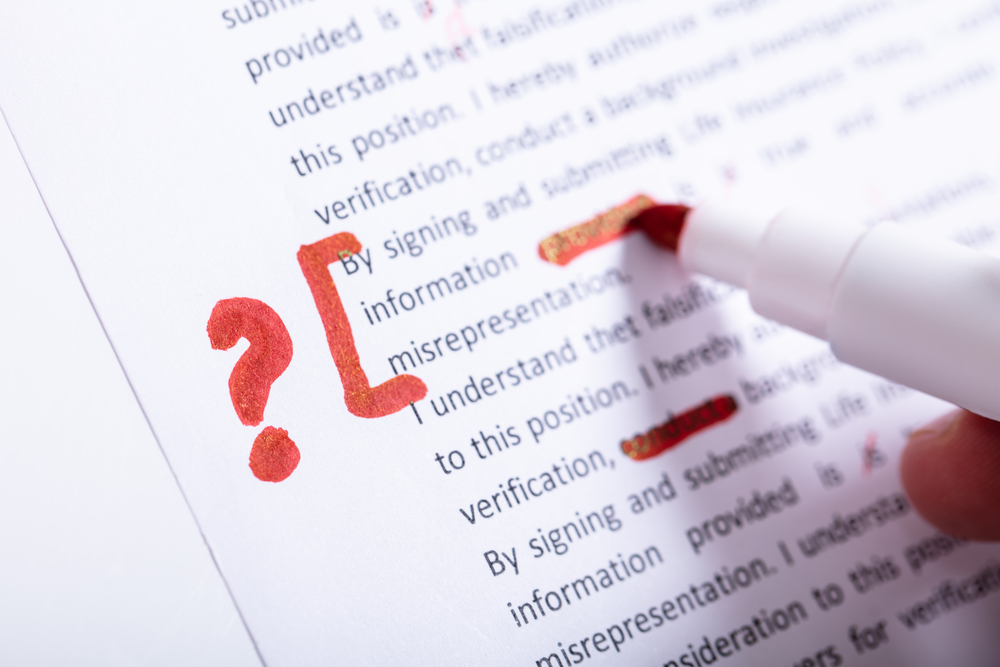A Step-By-Step Guide on How to Self-Edit a Book
Self-publishing a book on Amazon Kindle Direct Publishing (KDP) has become a popular way for many authors to get their books out into the world. If you know anything about what we do here at Page to Published, you’ll know that we’re all in favour of that!
From personal experience, we know that self-publishing on KDP can provide far greater profit and artistic freedom than traditional publishing, along with the chance to reach a worldwide audience in just a few clicks.
However, one challenge self-published authors face is ensuring their work is polished and professional enough to stand out in an increasingly crowded marketplace.
Whether it’s to have the best possible draft to send to an editor, or because you can’t yet afford someone to professional edit your manuscript, mastering the art of self-editing is crucial. In today’s post, we’ll explore practical techniques, tools, and resources to help you edit your self-published book to give it the best possible chance of success.
Step 1: Take a Moment to Marvel at What You Have Achieved
You’ve only gone and done it. You’ve written an actual real-life book! Congratulations, you author, you!
Finishing a book is like crossing a marathon finish line – you’re drained, mentally and emotionally. You’re also possibly quite smelly, but that’s a different blog post entirely. The point is, you’re almost certainly not in the right frame of mind to jump straight into the editing process.
Editing quickly without pausing robs you of the new perspective necessary to make meaningful improvements to your book. It’s all too raw, and you’re too attached to all those lovely words you’ve toiled over.
So, relax for a moment. Enjoy the other wonders of life. Go for a walk. Stick on a movie. Maybe build some LEGO. When you return, the fog will clear, and you’ll start to see all the flaws you couldn’t see before.
Sorry about that. It’s painful, I know, but like the say goes, ‘no pain, no successful self-publishing career.’
Or something.
But how long to pause?
It varies. Some, such as Stephen King, insist on taking six weeks-long pauses. Some people choose shorter respites. Whatever length of time works for you, the advice remains the same: take a break before making any changes.
Step 2: Look at the Big Picture
Now, let’s zoom out to look at your work closely. The main plot and structural components are the focus of this phase, regardless of the kind of book you’re editing.
Instead of getting bogged down in the nitty-gritty, focus on identifying and resolving critical issues. Consider yourself a new reader discovering your work for the first time, and a critical reader, at that.
Consider the bigger elements of your book carefully.
Are there tired clichés dragging down your plot? Any glaring contradictions or gaps in your logic? Do the characters feel real, and are their actions driving the story forward?
Is the first half too fast? Do the middle chapters drag? Is the end a confusing mess? Don’t worry if any or all of that is the case – it’s supposed to be! That’s what a first draft is for. The first draft of a book doesn’t have to be right, it just have to be written!
Now is the time to honestly and analytically identify all the big story problems and put them right.
Just remember, this isn’t the final round of edits. It is shaping the overall composition of your masterpiece. If the first draft is the lump of clay on a potter’s wheel, this stage is about shaping it into something vaguely pot-shaped. You can worry about all the twiddly bits and the fancy glazes later.

Step 3: The Line Edit
OK, you’ve taken some time out, and you’ve tackled the big issues with your self-published book. Well done! You’re almost there!
Sort of.
Now, though, you’ve reached the boring bit. Or, at least, the bit I find the most boring, anyway.
It’s time for the second editing pass, the line edit.
Line editing a book is exactly what it sounds like – going through your story line by line, page by page, identifying all the smaller, niggling issues still plaguing it. It’s a meticulous process of digging into your story, discovering overlooked errors, and ensuring nothing slips through the cracks.
It is the phase where precision is essential. Take it one step at a time, paying attention to each paragraph, sentence, and word to avoid missing anything. (Although, you will always miss something. It’s impossible not to, but try to miss as few things as possible!)
A novel’s length may make this feel like an overwhelming task, so it can often seem less daunting to divide into smaller, more manageable sections, taking breaks every chapter, few pages, or whatever you can manage.
A Checklist for Line Editing a Book
Here’s a checklist of some of the things to keep in mind and watch out for at this stage. It’s by no means an exhaustive list. Also, some elements of it you may choose to ignore deliberately for stylistic reasons. That’s fine, but it’s important to at least be aware of them.
Grammatical Mistakes
Look for typos, grammatical errors, and spelling errors.
Sentence Structure
Make your sentences more concise and fluid by using better wording and structure.
Wordiness
Engage in the practice of rendering convoluted declarations more comprehensible, thereby circumventing the potential perplexity of your audience. Or, to put it another way, don’t use big fancy words when simple ones will do.
Balanced Paragraphs
Aim for a mix of sentence lengths that fit the pacing of your narrative.
Repetition
Avoid using the same word excessively. Unless it’s a stylistic choice, in which case, go for it.
Unrealistic Dialogue
Maintain consistency in dialogue to reflect character voice and setting authenticity.
Passive Voice
Use an active voice to make your prose more urgent. Example:
Active voice: “The cat chased the mouse.”
Passive voice: “The mouse was chased by the cat.”
Redundancy
Ensure each scene delivers unique information without unnecessary repetition.
Show, Don’t Tell
Employ descriptive language to evoke vivid imagery and engage readers.
Engagement
Cut sequences that don’t hold your audience’s attention or don’t build enough tension.
Point of View (POV) and Tense
Throughout your story, be consistent with your POV and tense. (Again, unless this is deliberate.)
Keeping in mind all of the above will help you with your line edit. Remember, though, perfection is the enemy of done. Don’t spend forever trying to make your book perfect. It cannot be done.
But, while perfection may be unachievable, it shouldn’t stop you striving to make your book as good as it can be. Spend time and energy polishing your narrative; a well-written, well-edited book has a much higher chance of success.
Step 4: Thou Shalt Read Aloud
Reading aloud is one of the most crucial phases in the self-editing process, and one that many authors skip over. I always strongly recommend that authors, particularly newer ones, take time over this step, as it helps pick up all kinds of errors that they might otherwise have missed.
Reading aloud highlights repetitions, contradictions, and awkward wording that could be missed while reading silently. Furthermore, voice, character, and dialogue irregularities become far more noticeable (especially if, like me, you do all the different character voices!)
Some authors like to take this stage a step further by recording themselves reading aloud, then playing it back. If that works for you, then great, but it isn’t necessary. The act of reading your words aloud is the important part, and will have the greatest impact when it comes to improving your self-published book.
Final Thoughts on Self-Editing
Self-editing your book is a valuable skill that every self-published author should master. By understanding the editing process, leveraging self-editing tools, developing effective techniques, and reinforcing your learning through self-publishing courses, you can drastically increase your manuscript’s chance of success on platforms like Amazon KDP.




2 Responses
Thank you Barry. This structured advice is just what I will need soon.
I especially appreciate the list at the end. Thanks. Although it is awkward I agree that reading aloud is a great way to find rough spots. If you happen to have a willing captive, I mean spouse, it is even better.